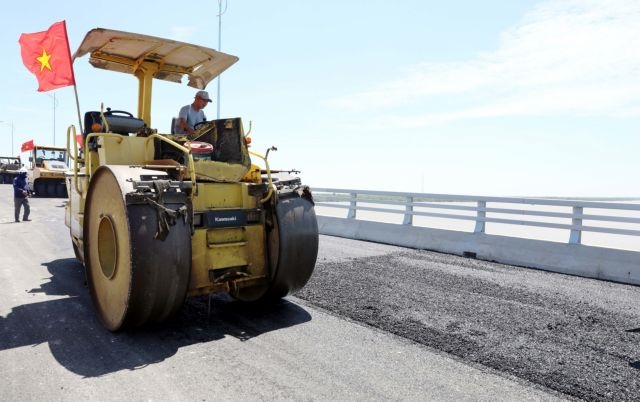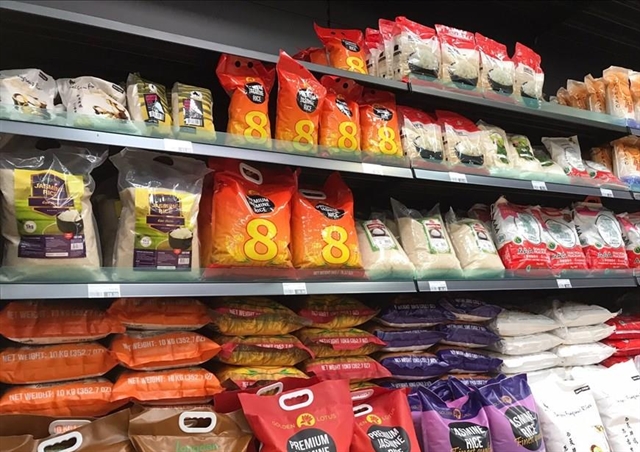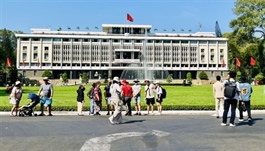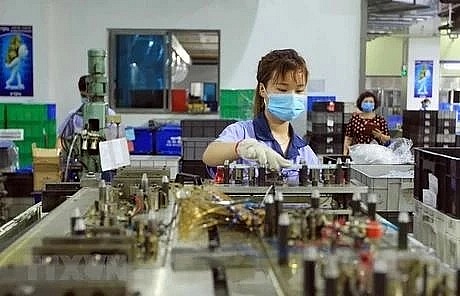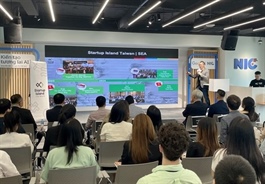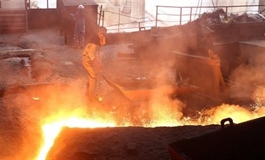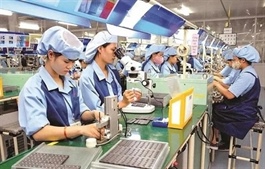Korean funding bulks up in number
Korean funding bulks up in number
Vietnam’s continued large trade deficit with South Korea has reflected a major contribution from a rise in the East Asian nation’s investment.
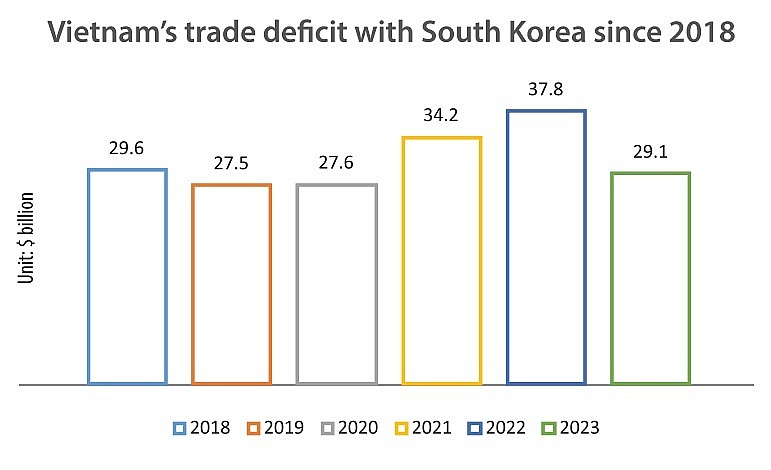
According to the latest figures released last week by Vietnam’s General Statistics Office, South Korea is now Vietnam’s fourth-largest trade partner, after China, the United States, and ASEAN. The Vietnam-South Korea trade turnover in the first seven months of this year reached $46.5 billion, up from $35.2 billion in the same period last year.
This included $41.5 billion worth of Vietnamese exports, up 9 per cent on-year, and $32.1 billion for South Korean exports, up 12.6 per cent as compared to the same period last year. The total trade deficit for Vietnam in this period sat at $17.7 billion, up from $15.5 billion last year.
Vietnam has for many years been suffering from a trade deficit with South Korea (see chart). However, according to the Vietnamese Ministry of Industry and Trade (MoIT), Vietnam is still an increasingly attractive destination for South Korean investors who import many types of materials for production from their home market into Vietnam, where such materials cannot be produced directly due to a weak supporting industry.
Last year, both nations’ total trade turnover reached $76.1 billion. Vietnam’s exports to South Korea hit $23.4 billion, accounting for 6.6 per cent of the former’s total export turnover. Meanwhile, Vietnam’s imports from South Korea stood at $52.6 billion, occupying 14.8 per cent of Vietnam’s total import value.
According to the General Department of Vietnam Customs, the key items that were imported the most last year from South Korea includes computers, electronics, and their spare parts ($28.7 billion); machinery and equipment ($5.4 billion); assorted petrol and oil ($3.2 billion); plastic materials ($2 billion); metal ($1.3 billion); steel ($1.1 billion); vehicle spare parts ($846.2 million); and mobile phone and spare parts ($524 million), among others. All these figures recorded an on-year increase.
The MoIT said that these imported items do not compete with those in Vietnam where many of similar items are not produced, and they are all used for domestic production in Vietnam, not luxury items.
According to the MoIT, an expansion in South Korean investment has contributed to a rise in imports from the East Asian country. Figures from the Vietnamese Ministry of Planning and Investment showed that accumulatively as of July 20, South Korea was the biggest foreign backer in Vietnam, with more than 10,000 valid projects registered at $87.61 billion.
In the year to July 20, total newly registered and newly added capital and stake acquisition and capital contributions from South Korean investors in Vietnam hit $1.58 billion.
At a bilateral meeting more than one week ago in Hanoi between Vietnamese Prime Minister Pham Minh Chinh and South Korean counterpart Han Duck Soo, the Vietnamese leader said that efforts are to be made to soon raise the bilateral trade turnover to $100 billion, with a vision to reach $150 billion by 2030.
To this end, Vietnam welcomes all South Korean investments into key and high-tech industries such as semiconductor, digital transformation, green economy, circular economy, high technology, renewable energy, and AI, he added.
PM Soo assessed that Vietnam is a strong destination full of potential for South Korean companies, whose number has hit nearly 10,000 in Vietnam, and that his government will continue to create all the best conditions for them to increase investment.
In an example, Hyundai Motor Group executive chair Euisun Chung said last month that the group wants to put more money into Vietnam, and especially transfer new technology to Vietnam in the vehicle industry.
Hyundai has invested $415 million in Vietnam, employing 2,300 workers, with an estimated revenue reported to be $2.6 billion last year. It has also transferred tech to Vietnam’s Truong Hai Auto Corporation to manufacture and assemble assorted Kia products in the south-central province of Quang Nam.
Samsung chairman Lee Jae Yong also said that this group plans to invest more in Vietnam over the next three years. Samsung Electronics CFO Park Hark-kyu in May revealed a plan to place about $1 billion in Vietnam annually while meeting with PM Chinh in Hanoi.
Samsung Electronics has already invested $22.4 billion in Vietnam so far and incorporated over 300 Vietnamese companies into its supply chain, a more than 12-fold increase from a decade ago. Vietnam now produces half of Samsung Electronics’ smartphones.
Last year, total exports of Samsung in Vietnam hit $55.7 billion, and the group has expanded local operations from manufacturing plants for smartphones to research and development facilities. More recently, the tech giant has been seeking to help local firms join its global production and supply chain network.
Elsewhere, Lotte chairman Shin Dong Bin also said that it plans to increase its investment in the country. Currently, it is implementing a smart city project in Thu Thiem of Ho Chi Minh City, but awaiting the area’s land price to be fixed before it can speed up construction of the project.
Last September, Lotte inaugurated its $650 million mall in Tay Ho district of Hanoi, which has thus far received over 7 million visitors.




